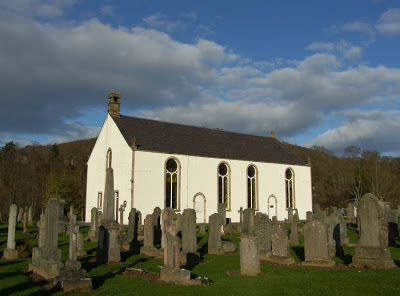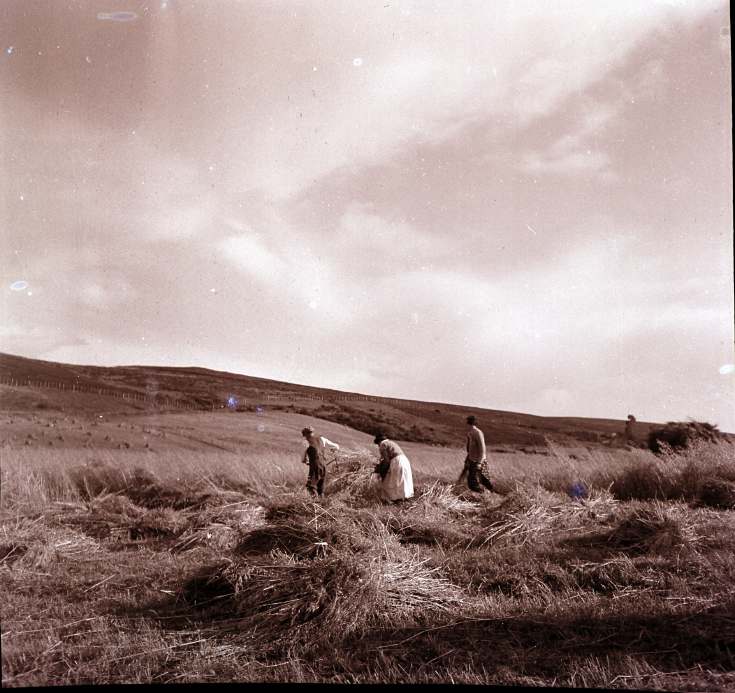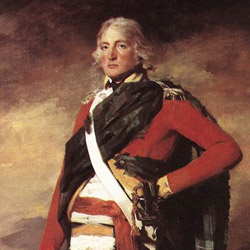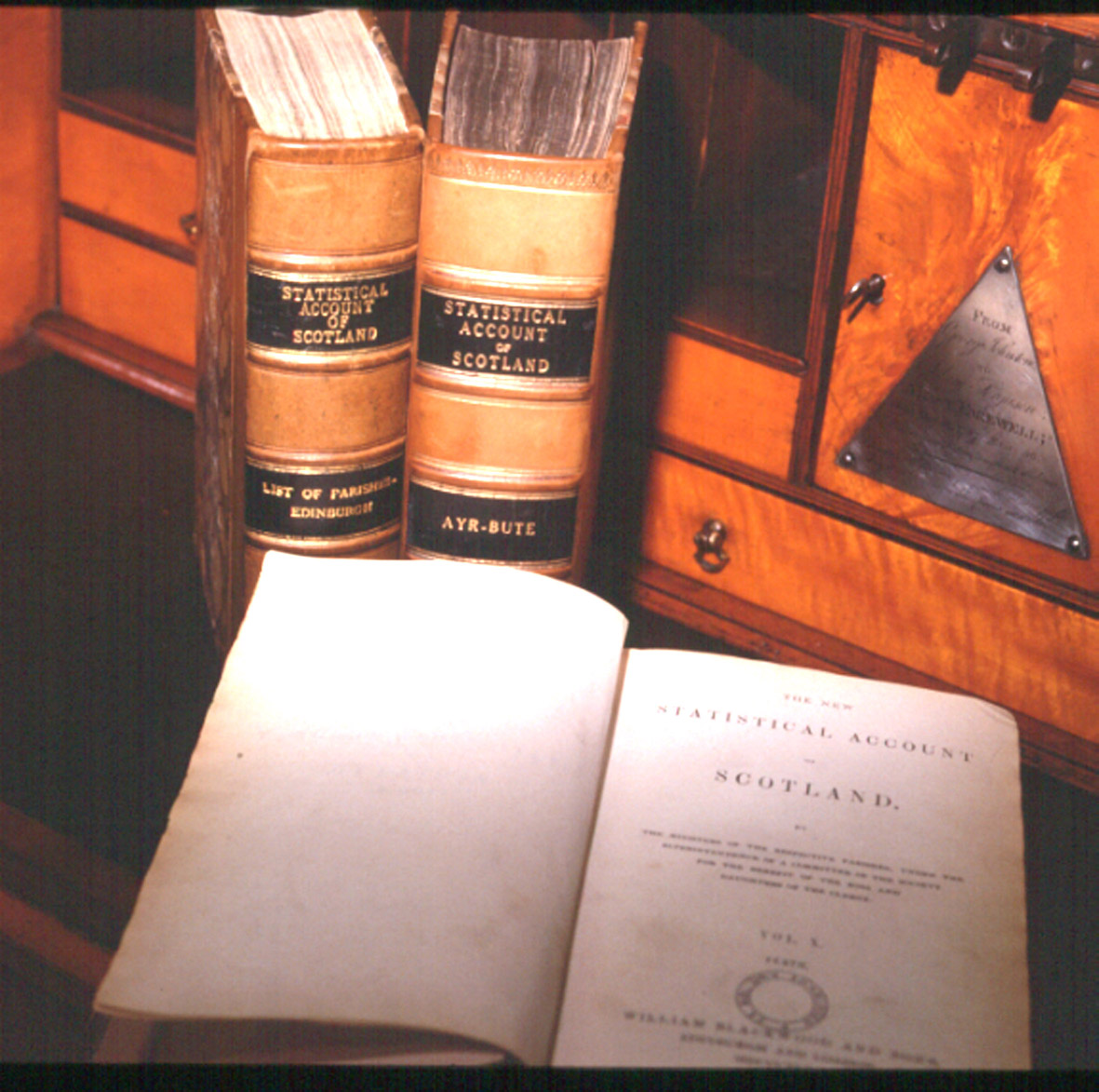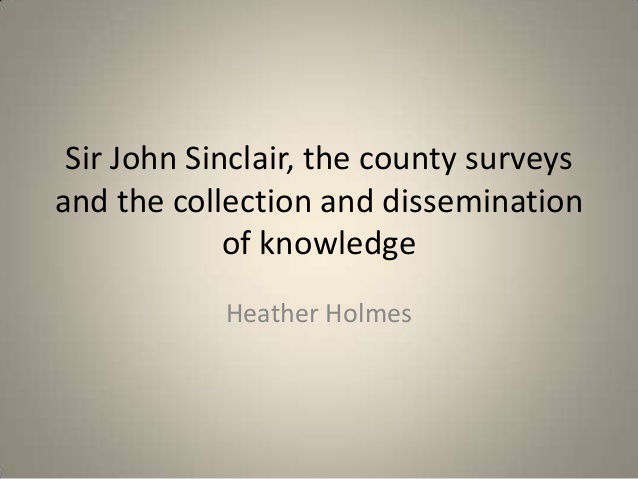The Statistical Account presents a fascinating picture of eighteenth-century Scotland. It gives a rich and often detailed view of the working lives of ordinary people, and was of particular importance to my area of research which was concerned with the origins of eighteenth-century popular political consciousness and the relationship between Presbyterianism, literacy and political activity. Hence sources of information relating to occupations and social status were vital, and the OSA provided considerable insight as to the range of occupations in which heads of families were employed in villages and towns throughout Scotland. The on-line version of the OSA with its text searching facility was invaluable in pinpointing specific information and saved hours of manual searching.
As one aspect of my thesis was the relationship between religious controversy and popular political consciousness expressed through patronage disputes, it was important to determine what kind of people involved themselves in such disputes. Patronage disputes were widespread across eighteenth-century Scotland and were significant, in part because they displayed clear opposition to the élite and to government policy, but also because they involved whole communities, with opposition from heritors, elders, and heads of families, essentially including people from every stratum of society, and every occupation.
Using the on-line search facility I was able to search by occupation and place, and by comparing the occupations in the OSA with the occupations on book subscription lists, it became evident that the types of occupation followed by heads of families had not changed over the century. This provided a clear guide to the kind of people who were at the heart of eighteenth-century patronage disputes and later political activity. For example, at Campsie in Stirlingshire, where there was a disputed presentation in 1784, there were ninety-six heads of families: twenty-eight were feuers who farmed their own lands, fifty were tenants, seven of whom were chiefly employed in grazing, and the remaining eighteen were masons, carriers or road makers. At Crieff in Perthshire, heads of families included apothecaries, physicians and surgeons, mantua makers, bakers, masons, slaters, barbers, shopkeepers, butchers, carriers, carters, messengers, clergymen, midwives, clockmakers, millers, coopers, saddlers, dyers, schoolmasters, distillers, excise-officers, shoemakers, farmers, smiths, spinsters, stocking makers, fiddlers, tailors, gardeners, weavers, wrights, hecklers, writers, inn-keepers, labourers, manufacturers, and gentry. The variety of occupations underline the social status of those involved.
The OSA also offered numerous examples of ordinary peoples determination to access education, books, pamphlets and newspapers, as well as their desire to associate, meeting together in clubs for discussion and debate. The accounts from parish ministers testify again and again to their parishioners’ over-fondness for books about ’controversial divinity’, as well as a wider interest in books generally. Many ministers commented on the range of people expressing interest in newspapers and current affairs, for example, the Revd Andrew Duncan of Wigton noted that, ‘An attention to publick (sic) affairs, a thing formerly unknown among the lower ranks, pretty generally prevails now. Not only the farmers, but many of the tradesmen, read the newspapers, and take an interest in the measures of government’. The Revd John Bruce remarked that, in Forfar, ‘A spirit of enquiry and a taste for reading … (with) subscriptions to the Encyclopedia Britannica, the Bee, and several periodical and other publications, scientific, religious, moral and political, are more numerous of late’. The minister at Little Dunkeld in Perthshire, noted that ‘Newspapers and other periodical publications find their way to every corner of the parish’, and this interest in current affairs was not a recent phenomenon but one which had existed since at least the time of the American War of Independence. He also commented on the formation of several reading clubs. Such observations emphasised the significance of reading, and many ordinary people’s involvement in political activity was enabled by the coincidence of widespread literacy encouraged by a Calvinist education, from which they had not only gained that skill, but the ability to reflect, form opinions, and question authority, capacities which could be brought to bear in the wider context of assessing their position in Scottish society. Ministers’ observations throughout the OSA highlighted the availability and variety of reading material, and how common the practice of reading and book buying was, a practice which encouraged debate, and contributed to popular involvement in the radical political movement of the 1790s.
I hope this brief description has highlighted what a wonderful resource the OSA is with its wealth of information and ease of use through on-line access and search facilities.
Dr Val Honeyman
We hope you have enjoyed this post: it is characteristic of the rich historical material available within the ‘Related Resources’ section of the Statistical Accounts of Scotland service. Featuring essays, maps, illustrations, correspondence, biographies of compliers, and information about Sir John Sinclair’s other works, the service provides extensive historical and bibliographical detail to supplement our full-text searchable collection of the ‘Old’ and ‘New’ Statistical Accounts.

